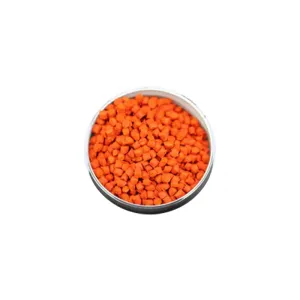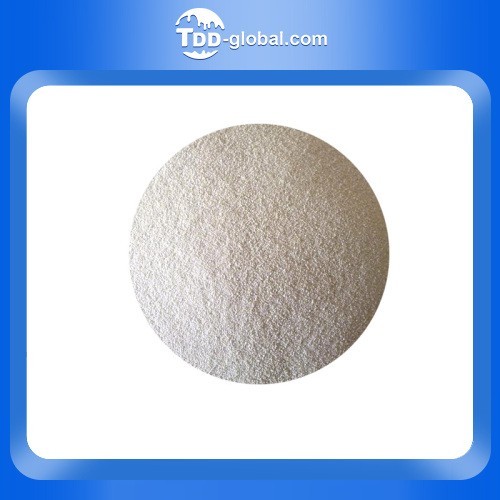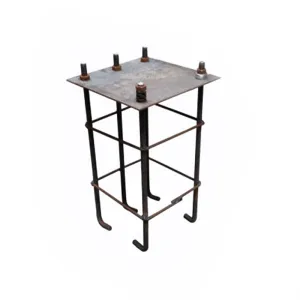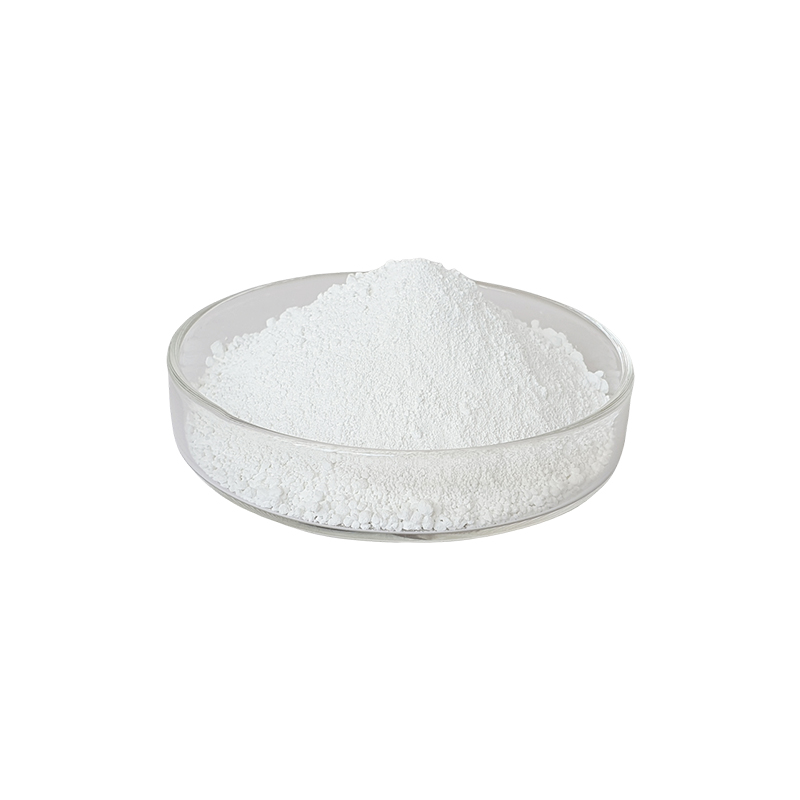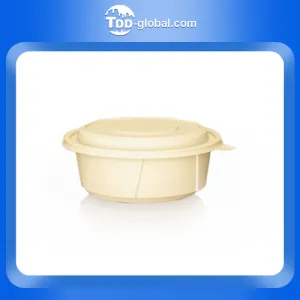IperionX is a leading developer of titanium products from the United States, dedicated to providing high-quality titanium resources and their derivatives for advanced industries such as aerospace, aerospace, electric vehicles and 3D printing. The company has a number of groundbreaking patented titanium production technologies, such as hydrogen assisted metal thermal reduction powder technology (HAMR), hydrogen sintering and phase transformation (HSPT). These technologies can produce low-carbon and fully recycled titanium products, which is of great significance to the development of domestic titanium manufacturing industry in the United States.
With its advanced titanium production technology, IperionX has the potential to provide a lower cost and more sustainable supply chain for the US-China titanium raw material supply chain. IperionX is using titanium scrap to produce titanium powder at its pilot plant in Utah and plans to expand production at its titanium demonstration plant in Virginia. IperionX holds a 100% stake in the Titan project, which has the largest JORC-compliant ore resources rich in titanium, rare earths and zircons in the United States.
Application case
In August 2023, Antarctic Bear reported that IperionX signed an order for titanium parts with Lockheed Martin: IperionX uses its powder metallurgy technology and advanced titanium powder materials to produce titanium parts for Lockheed Martin-Antarctic Bear 3D Printing Network-platform (nanjixiong.com). Lockheed Martin, headquartered in Bethesda, Maryland, is a global security and aerospace company with about 116000 worldwide
Employees, mainly engaged in advanced technology systems, products and services research, design, development, manufacturing, integration and maintenance.
In October, IperionX reached a partnership agreement with traditional manufacturer GKN Aerospace (GKN uses IperionX for 3D printing of recycled titanium-Antarctic bear 3D printing network-platform (nanjixiong.com)) to produce 100% recycled titanium powder from waste titanium materials provided by GKN Aerospace. The above two projects both use IperionX patented hydrogen sintering and phase transition (HSPT).
Technology, which is a cutting-edge technology to enhance the microstructure of titanium parts to provide the same strength and fatigue properties as wrought titanium alloys.
Preparation Technology of HAMR low oxygen Titanium Powder-- Breakthrough Science and Technology
First of all, a new pulverizing process called hydrogen-assisted magnesium reduction (HAMR) is introduced. In the powder metallurgy industry, some common metals can be reduced from oxides to metals by carbon (or hydrogen), such as iron, tungsten, cobalt and so on. Titanium dioxide is difficult to be prepared by this reduction method because of the strong stability of Ti-O bond in TiO2 compounds. In 1940, William Kroll invented a process (Kroll process for short) to overcome this challenge, which was produced by chlorination of TiO2 in carbothermal reactions.
TiCl4 is then reduced by molten magnesium in vacuum and distilled to produce sponge titanium (the main metal). The sponge is then melted in vacuum for many times to form a titanium ingot, and then hot processed into a rolling mill product.
& nbsp; & nbsp; however, Dr. ZakFang from IperionX discovered in 2016 that TiO2 can be reduced by solid magnesium in hydrogen because hydrogen destroys the stability of the Ti-O bond. This principle is also applicable to the deoxidation of titanium waste recovery, because the most difficult impurity to "clean" is the oxygen absorbed by the surface, especially in the common situation of machining waste. Therefore, Zak Fang developed a two-step hydrogen-assisted magnesium reduction (HAMR) technology.
& nbsp; & nbsp; ▲ SEM micrographs of CP-Ti or Ti-6Al-4V powders with different processes: (a) Kroll (sponge titanium), (b) Armstrong, (c) HAMR, (d) FFC, (e) hydrogenation dehydrogenation-HDH, (f) rotating electrode atomization-PREP and (g) plasma atomization.
Diagram of the main processing steps of the ▲ HAMR process. The purified TiO2 used in HAMR can be prepared by alkali roasting, chlorination or sulfate.
& nbsp; & nbsp; has many advantages in using hydrogen. First of all, hydrogen helps to destroy the stability of the nbsp;Ti-O system and increase the thermodynamic driving force of the reaction between Mg and Ti-O. Another advantage of using hydrogen is that titanium hydride is formed during the reduction process, rather than titanium metal. It is well known that titanium hydride is more difficult to oxidize in air than α-Ti, which makes it easier to treat the material after reduction and control the oxygen content in the final product. HAMR
Another key feature of the process is the use of molten salts, especially magnesium salts, such as MgCl2. It has been found that it is necessary to use molten salt to promote the reaction and greatly improve the kinetics of the reduction process. The HAMR process uses deoxidation steps to ensure that the oxygen content in the final product powder is low enough, that is, less than 0.15wt% of the general Ti required by ASTM-B299-13. More details on the deoxidation process will be described in the next section. The combination of reduction and deoxidization steps (that is, the method of deoxygenation from TiO2 using these two steps) can produce low enough oxygen content.
HAMR, one of the key factors in Ti powder, has revolutionized the ability to produce titanium from minerals or scrap, which was previously unthinkable. & nbsp
& effect of nbsp; ▲ hydrogen on Ti-O bond unstable when Ti-O bond (solid line) with different weight percentage and Ti-O-H bond (dashed line) with different weight percentage @ 700 Co
HSPT Sintering Technology-- quality comparable to High quality forged Titanium Alloy
& nbsp; & nbsp; & nbsp; hydrogen Sintering and Phase Transformation & nbsp; (HSPT) is a proprietary technology that is part of IperionX's extensive patent portfolio of titanium technologies. This technology was developed by Fang, Sun and Paramore in 2011. It is a multi-step pressureless sintering process in which titanium hydride or partially hydrogenated titanium powder is mixed with the master alloy. The elemental powder was sintered in a dynamically controlled hydrogen atmosphere. After sintering, the residual hydrogen is removed by annealing in vacuum or inert gas (see figure below). HSPT
The microstructure is refined at the same time during the thermal cycle by using the phase transformation in the (titanium alloy)-H system.
Schematic diagram of sintering curve of ▲ HSPT
HSPT process is a low-cost process specially developed by IperionX Company, which is used to produce high-performance near-net-shaped titanium alloy parts with forged microstructure and mechanical properties. HSPT offers mechanical properties that can compete with forging processes, but avoids high costs and high costs, and its associated discharge process accepts irregular powders produced by HAMR as raw materials. Microstructure of ▲ HSPT sintered state
Microstructure of ▲ sintered in vacuum
The combination of nbsp; & nbsp; & nbsp; HSPT technology and HAMR technology provides a clear route for the most challenging applications to produce high quality titanium parts at low cost and sustainably.

